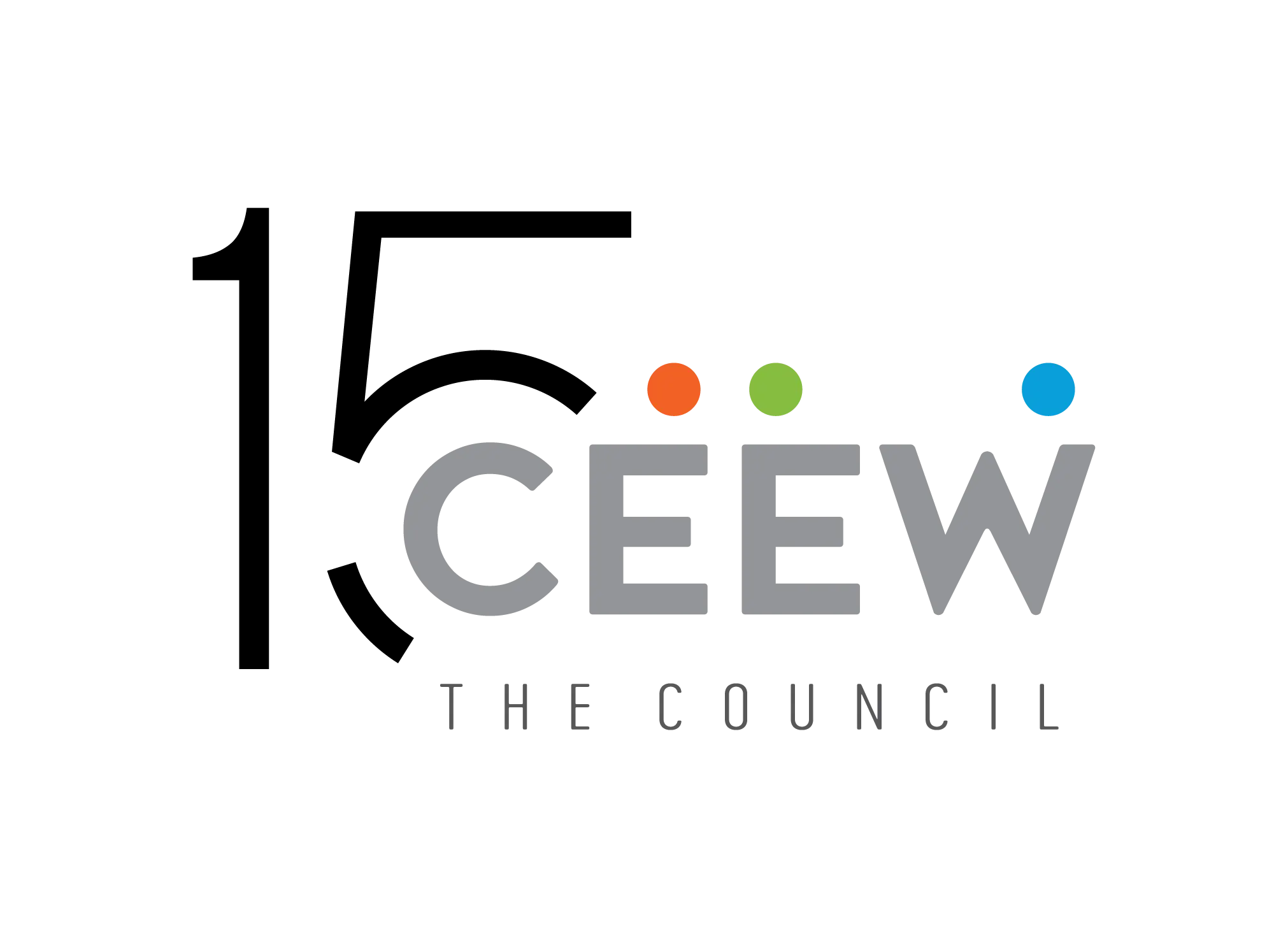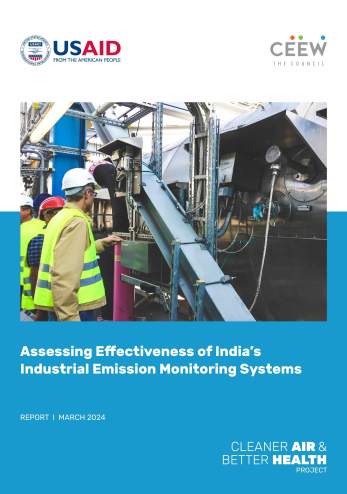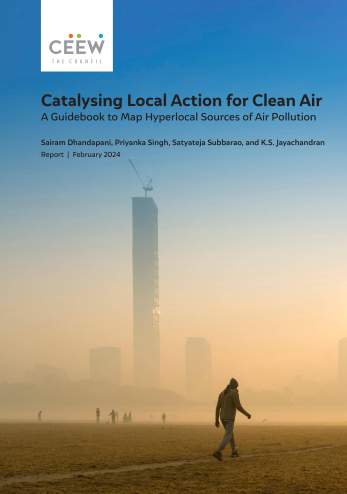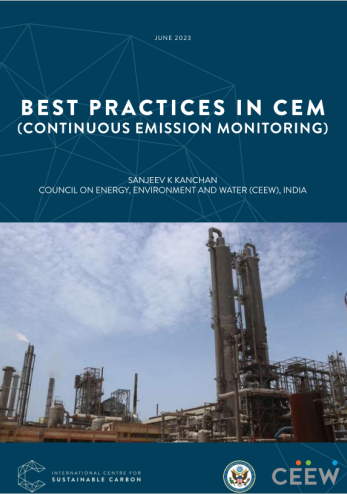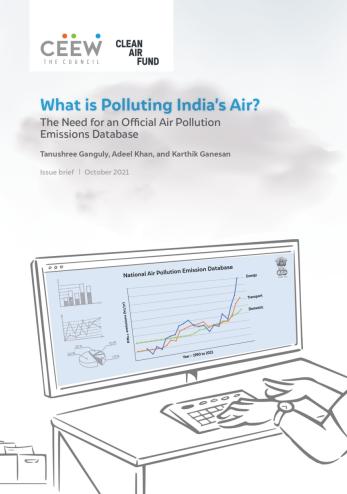Suggested Citation: Patnaik, Sasmita and Saurabh Tripathi. 2017. Access to Clean Cooking Energy in India: State of The Sector. New Delhi: Council on Energy, Environment and Water.
Overview
As of 2011, while 53 per cent of households in India had an LPG connection, only 28 per cent used it as a primary source of cooking (Census, 2011). The latest, and the largest, effort by the government to improve access to clean cooking energy in the country is the Pradhan Mantri Ujjawala Yojana (PMUY), which provides free LPG connections to all BPL households as per the Socio-Economic Caste Census (SECC). Despite significant success in addressing the challenge of affordability of connections, and some improvements in the reliable availability of the fuel, the scheme falls short of addressing the challenges posed by affordability of the recurring cost of fuel and generating consumer awareness of the health impacts.
Comparison of uptake of LPG connections among SECC BPL vs SECC non-BPL households
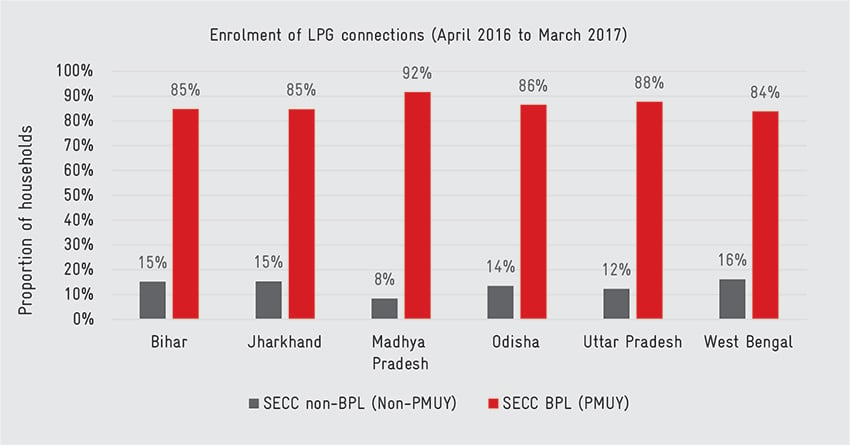
This policy brief reviews the existing policies pertaining to clean cooking energy, analyses a broad range of demand- and supply-side challenges that hinder the penetration and sustained use of clean cooking energy solutions, and proposes an interdisciplinary and multidimensional national approach for addressing these issues.
Sustained use of clean cooking energy is influenced by multiple factors like affordability of a connection, affordability of the recurring cost of the fuel, accessibility of the fuel, consumer awareness of the adverse health impacts of using traditional biomass, and success in overcoming behavioural challenges.
Comparison of willingness to pay for LPG connections between SECC BPL and SECC non-BPL households
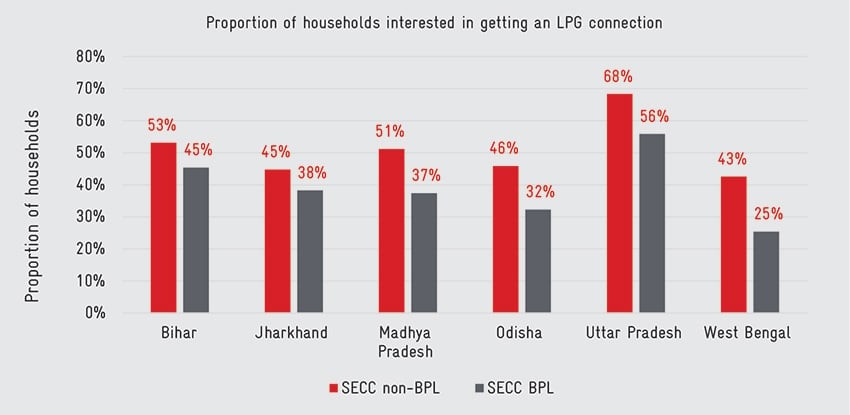
Source: PPAC 2017 and ACCESS 2015
The challenges presented by affordability and accessibility of clean cooking fuel leads to the stacking of clean cooking energy with traditional biomass.
